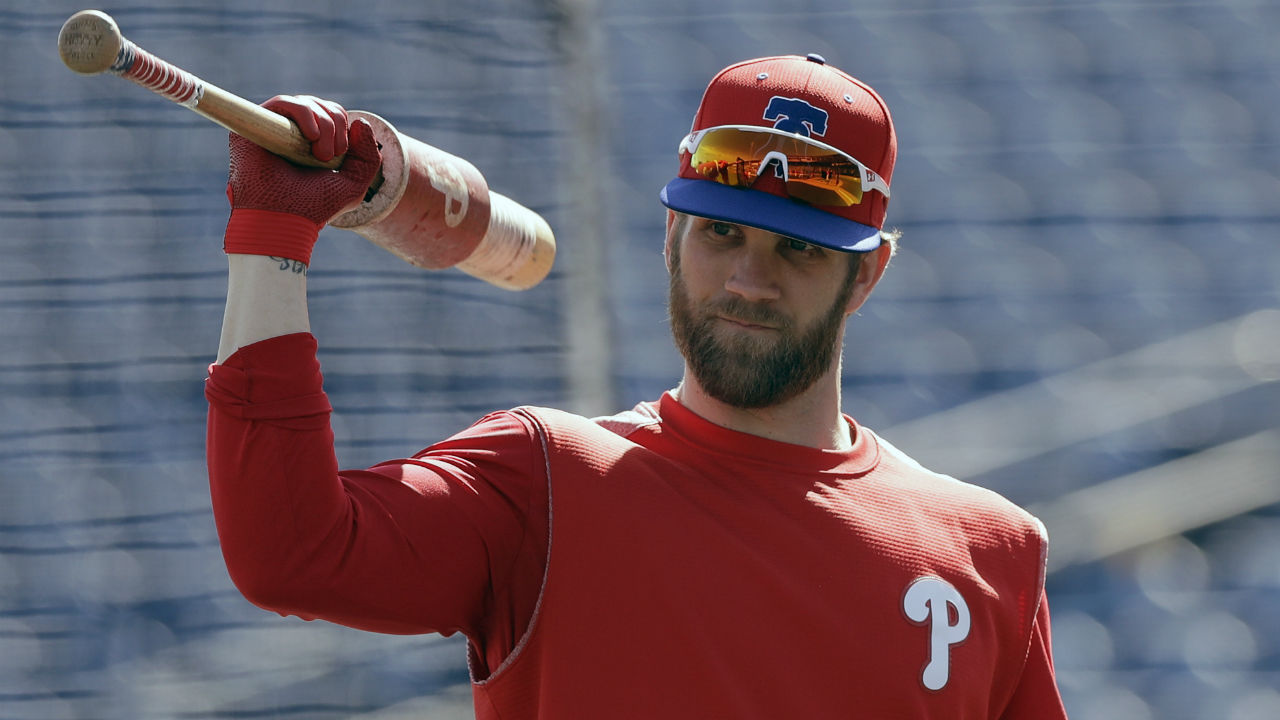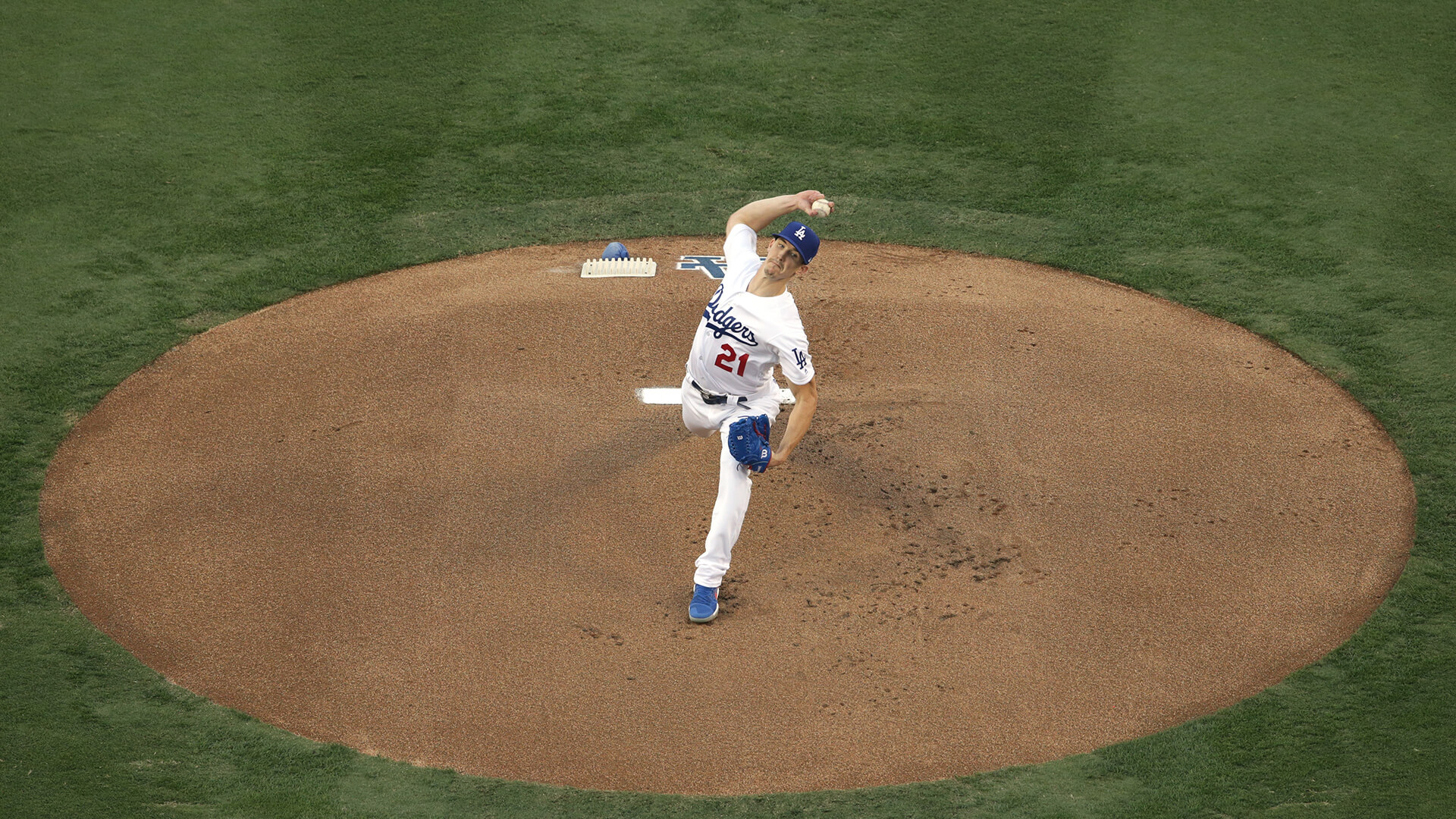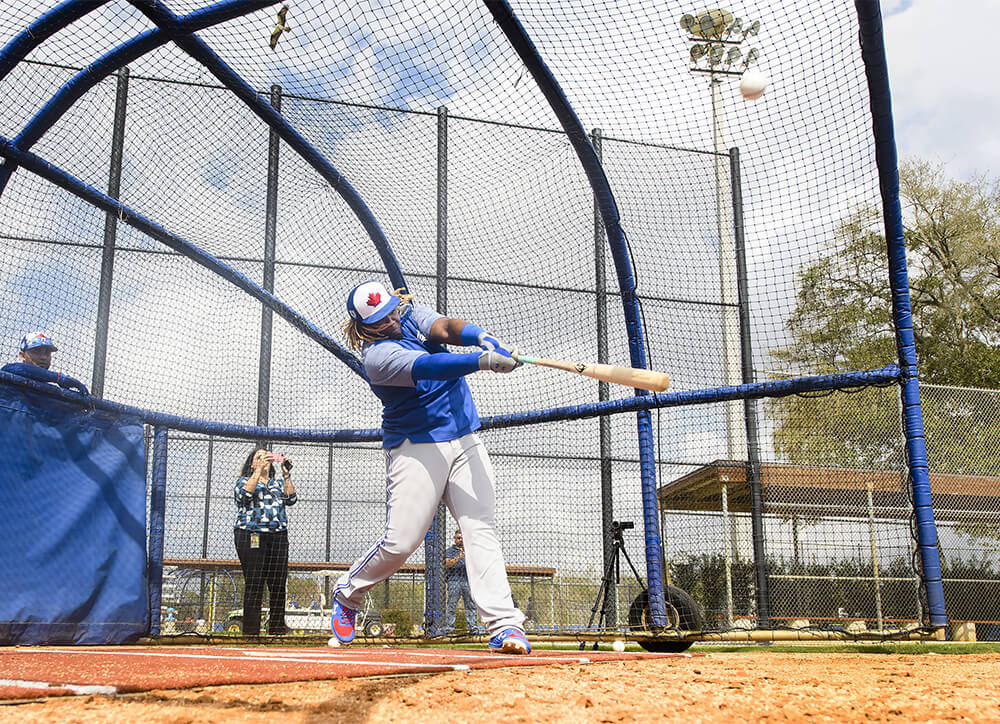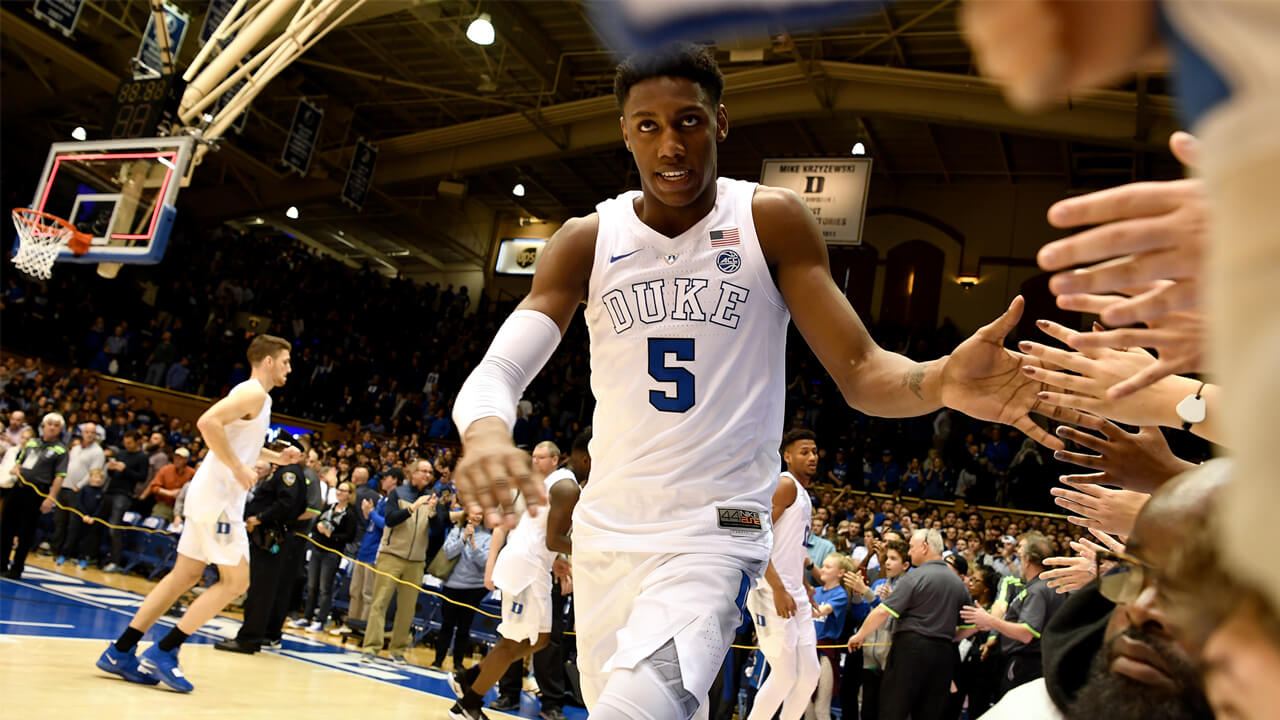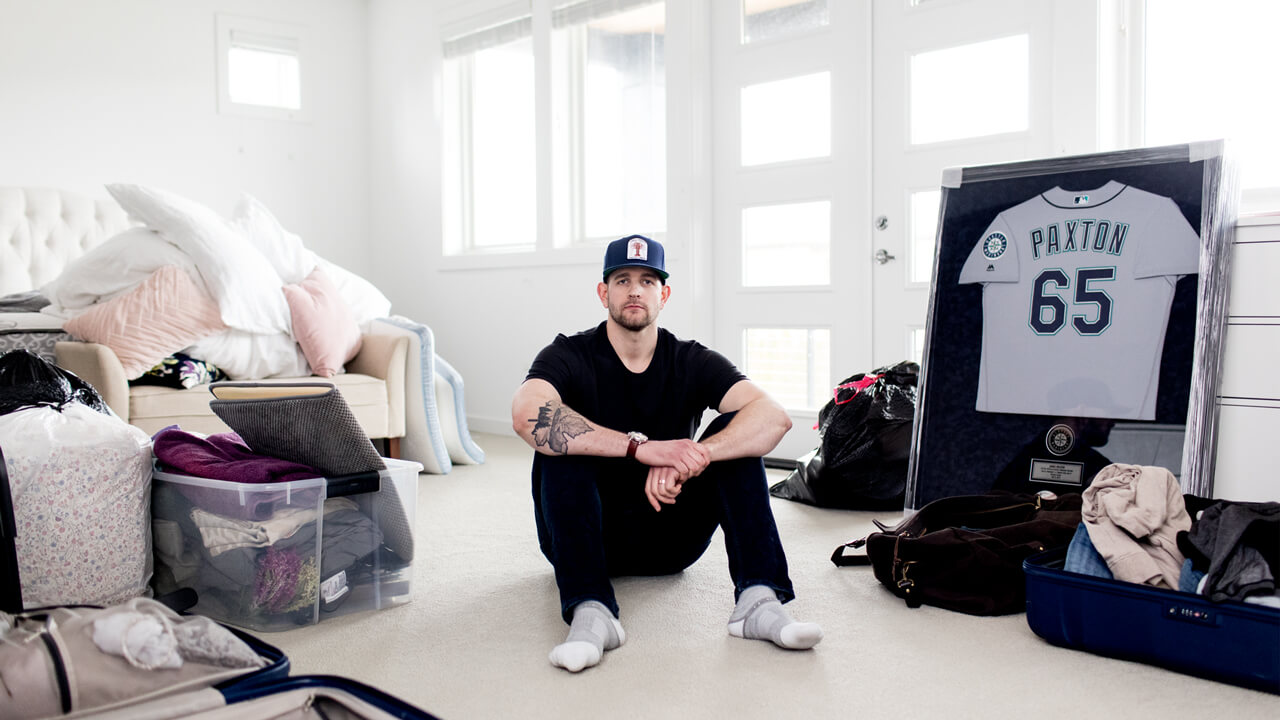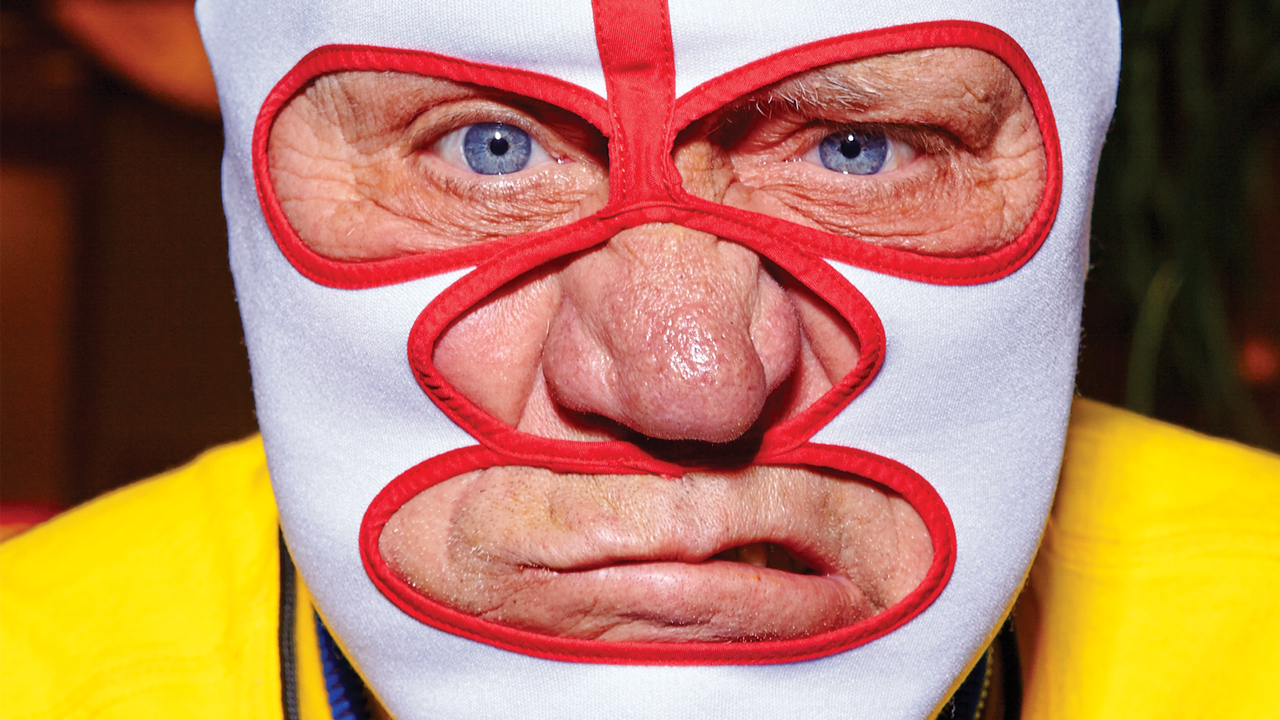“It’s my career — I’m passionate about it and I have no interest in being in the minor leagues my entire life,” says Cal Quantrill, a 23-year-old Stanford management science and engineering graduate who now ranks among the Padres’ top prospects. “If that means a couple of extra hours on the computer, reading articles, maybe I don’t know every other word, I don’t know, but at least I’m getting closer to understanding what they’re talking about on TV or FanGraphs.”
Adding to this familiarity with analytics, those who come up playing college baseball are exposed to these resources long before they’re even drafted. As they sought to build a competitive advantage, the baseball programs at Vanderbilt, Iowa, Wake Forest and Missouri did more than just pass other colleges. They also adopted new stats and technology long before many MLB teams. Exit velo? Force plate data? No problem, they’ve got you covered.
Until you enter pro ball, that is. As players filtered from college to the professional ranks in recent years, major-league executives realized their staffs weren’t equipped to answer many of the questions players cared about most. “All of a sudden players are asking, ‘What’s my spin rate?’ or ‘What did you think of my launch angle?’” says one big-league GM. “And if you can’t answer that it’s a problem.”
A problem for some, an opportunity for others. A few days after their first chat, Boddy called again. He had analyzed Buehler’s pitch data — how it moved and how hitters would see it — and determined that he needed a hard pitch with lateral break, like a cutter. “That’s the biggest hole in your game,” Boddy told him.
Buehler got to work and started messing around with different grips in search of a solution. By late summer, he had found the answer he’d been seeking. On Aug. 22, he held the Cardinals to just three hits over seven scoreless innings, striking out nine. From that start to the end of the 2018 season, he posted a 1.62 ERA.
By the time Buehler was mowing hitters down in the World Series, most teams around baseball were looking to cultivate the same kind of success stories. By now, though, they were mostly playing catch-up.





